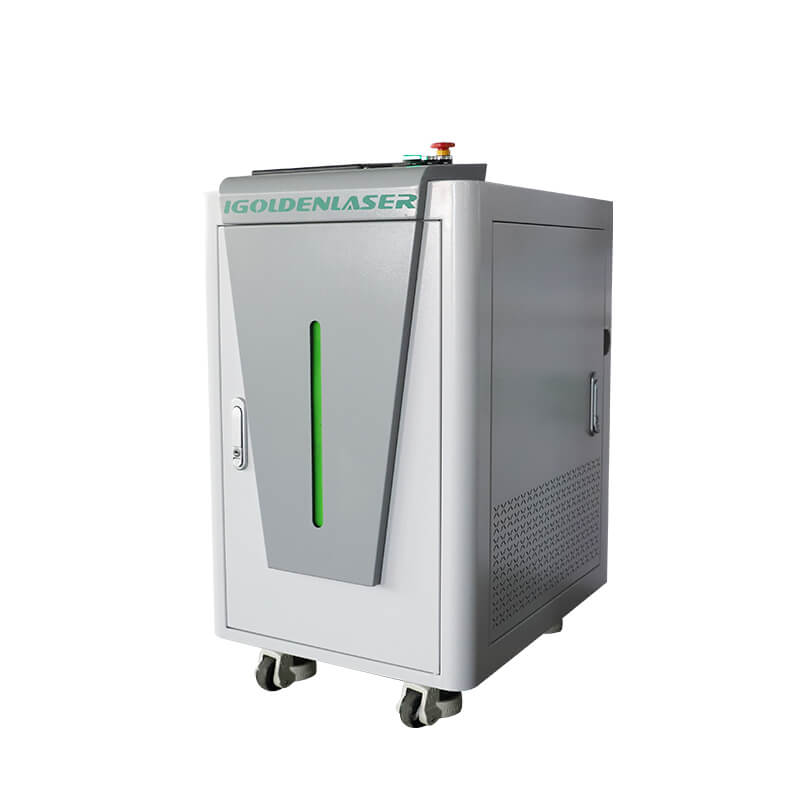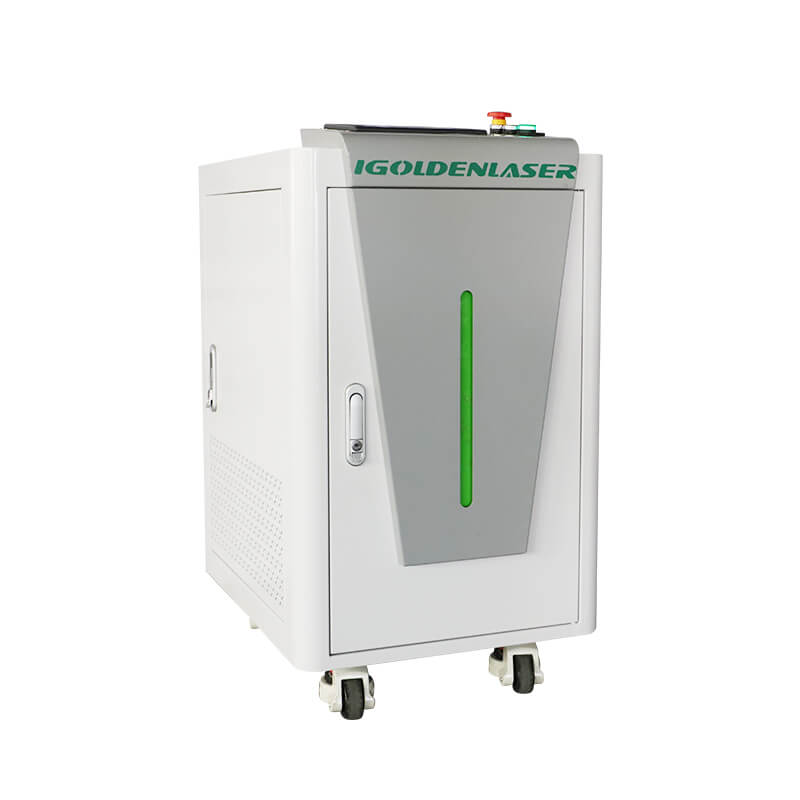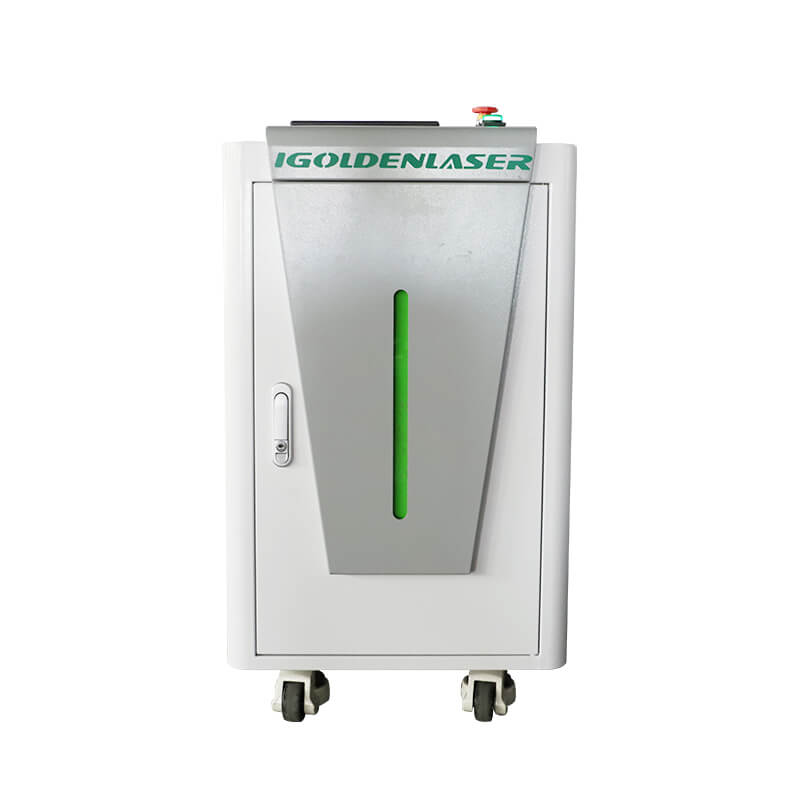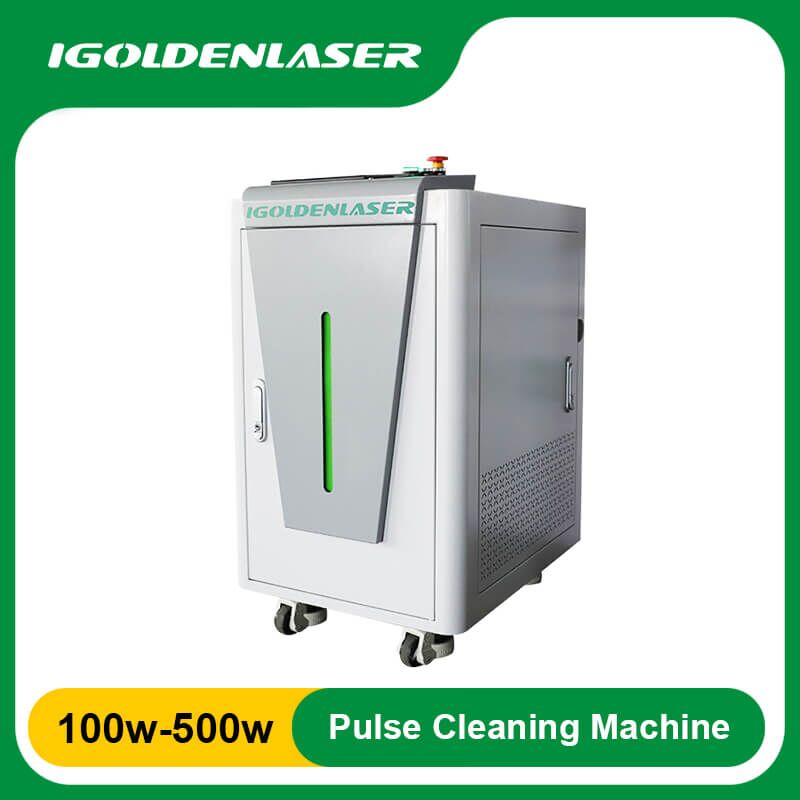No products in the cart.
Pulse Laser Cleaning Machine
Laser Power(100w 200w 300w 500w 1000w 2000w)
A pulse laser cleaning machine is an industrial tool that uses short pulses of high-intensity laser light to remove surface contaminants like rust, paint, and coatings from a variety of materials.
Laser cleaning works through a process called ablation, where the ultra-short laser pulses vaporize the unwanted contaminants without causing damage to the underlying substrate. The short pulse duration allows very precise control and avoids overheating the material.
It is characterized by no damage to the parts matrix, no consumables, energy saving and environmental protection, to meet the requirements of complex modeling and fine positioning in the field of industrial processing, to achieve a higher cleaning effect and a lower overall cost of production benefits.
Pulse laser cleaning machines represent a significant advancement in surface cleaning and preparation technologies. Their precision, versatility, and environmental benefits make them a preferred choice in many industries.



